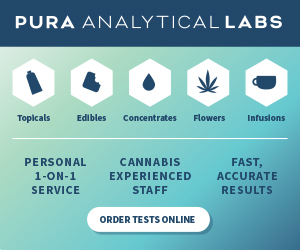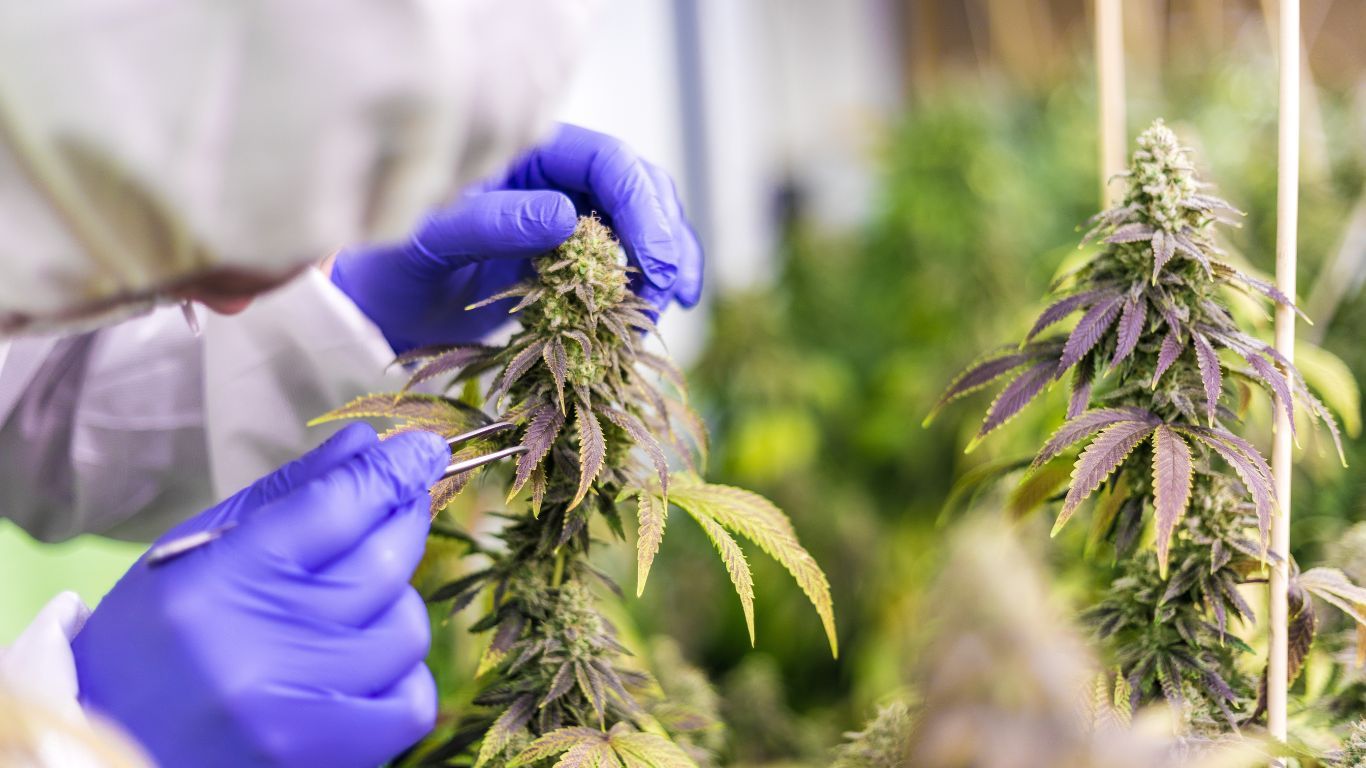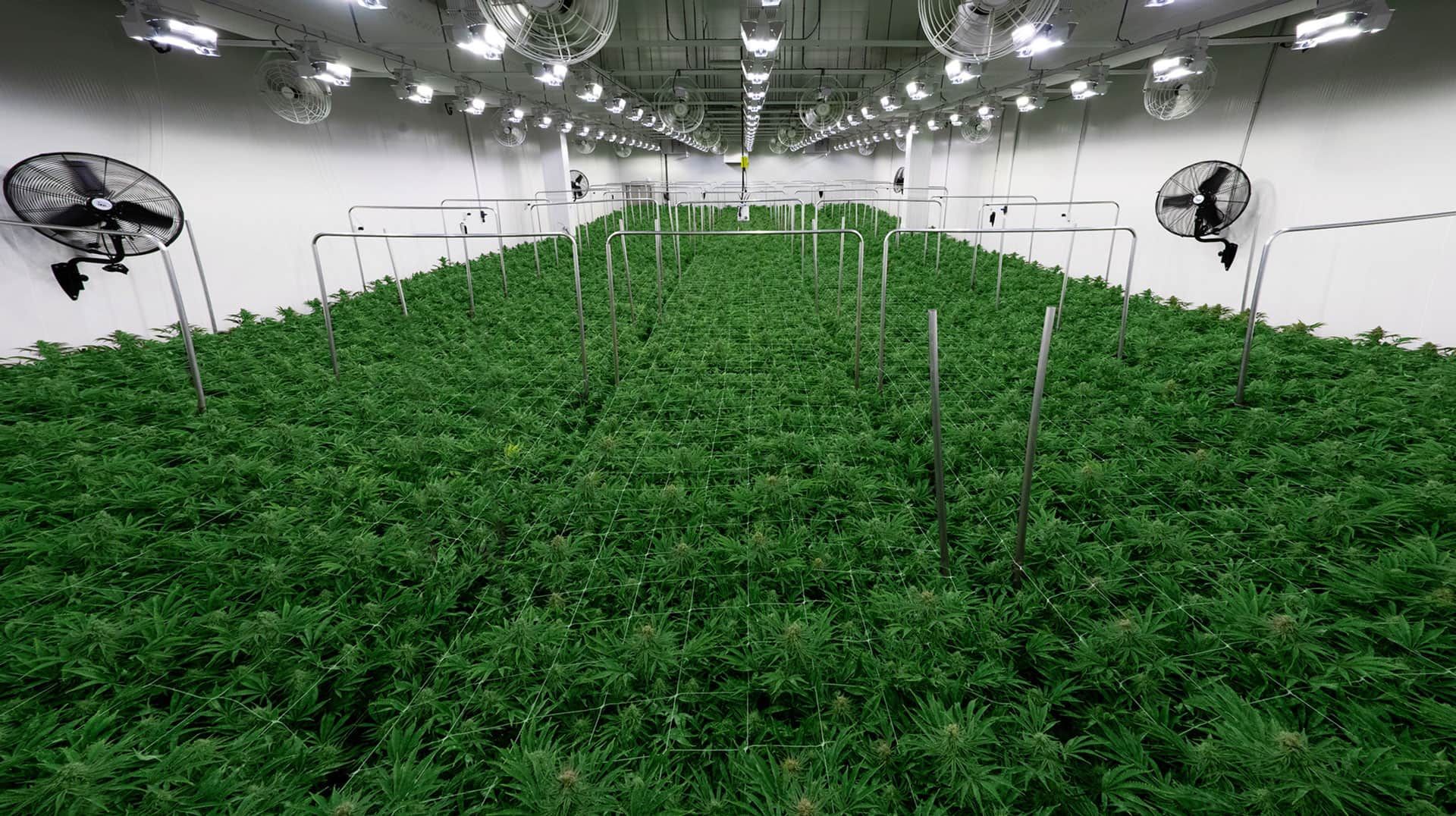
The government recently announced changes to the public possession limit for cannabis beverages, with adult Canadians now allowed possess up to 48 cans, rather than the five allowed previously. At the same time, new products continue to come online.
Despite this, the cannabis beverage market still represents only a small percentage of sales, and the market can be tricky to figure out. There appears to be a higher commitment to beverages in some areas in Canada than others.
“If we look at Saskatchewan, beverages are in 82.4% of stores,” says Joseph Luiz, Data Analytics Engineer, Neobi Technology, in Edmonton. “By comparison, cannabis beverages are in 92% of stores in Alberta, and 92.4% of stores in Manitoba.”
These numbers, all of which are from September, 2022, then rise considerably in bigger markets. On the West Coast, in BC, Neobi Technology’s data indicates that cannabis beverages are in 98.5% of stores, and in Ontario, cannabis beverages are in 96.7% of stores.
As it stands, one reason for the lower presence of cannabis beverages in a province like Saskatchewan might be demographic, as the market is smaller. The local market may also be more cost sensitive.
“Even with new regulations that allow consumers to purchase more than five drinks at a time, I still don’t see a lot of customers coming in to buy a case of 12, because of the cost associated with beverages,” says Kerri Mitchell, President of Farmer Jane Cannabis, which has three retail outlets in Saskatoon, four in Regina, and four in Winnipeg. “Overall, sales of beverages make up around 2% of our overall sales. It’s not a big category for us.”
Larger markets can also offer more brand selection. According to Neobi Technology, Ontario retailers carry 75% of all beverage brands, and Alberta carries the highest drink stock per capita. This opportunity is spelled out in the strategy of a successful company like Collective Project, which at present only sells in Ontario and Alberta.
“We have Vertosa as an emulsion partner, and work with one of their partners here in Ontario,” says Toni Shelton, Managing Director, Collective Project, in Hamilton, Ontario. “The beverage category has grown by 35% over the last 12 months, and we expect that it will continue to grow at this rate, outpacing overall cannabis growth as cannabis and canna-curious consumers continue to adopt beverages. This is supported by the increase in order minimums and innovation in the category.”
Saskatchewan as test market?
“Most producers would rather have a presence in a key market like Ontario,” says Luiz from Neobi Technology. “They then move into smaller markets. This may be due to the fact that consumers usually purchase other cannabis items before beverages, so the knock-on impact is significantly lower.”
That said, the data suggesting lower penetration in Saskatchewan could also present an opportunity for retailers in the prairie province to differentiate with select beverage vendors.
“Due to the sheer number of new beverage products, interest is trending upwards over time,” says Ariel Glinter, head of Business Development and Regulatory Compliance at The Joint Head Shop, which has seven locations in Saskatchewan, and nine in Manitoba. “Right now, it seems that the companies producing cannabis beverages are still figuring out the market, and what consumer preferences are.”
There are now many new products in all sub-categories—carbonated, non-carbonated, with and without sugar, flavoured (like soft drinks), beer, and kombucha—with Glinter noting that “the sky is really the limit, and companies are experimenting with everything.”
“Overall, consumers seem to enjoy the classic carbonated soft drink flavours the most, but that can easily change,” he says. “Consumers also tend to purchase 10mg THC drinks more than other potencies.”
Retailers on the prairies are responding to the more varied supply, despite the fact that this abundance might require more effort on their part.
“A year ago, we had mini fridges holding our drinks, but now all of our stores have the larger fridges to accommodate a wider variety of drinks,” says Mitchell from Farmer Jane Cannabis. “As a retailer, I would say it’s a lot more work on our end to ensure our customers have access to a wide variety of beverages.”
Mitchell notes that the typical beverage consumer is predominantly an edible consumer, too.
“Gummy and chocolate packages take up a lot less space,” she says. “They are less costly to ship, and it’s easier to carry out five packages compared to beverages.”
There are also regional and seasonal factors that can affect the retail environment.
“There is a lot of seasonality with beverage sales—primarily around holidays, and in the summer,” says Mitchell. “We have a lot of lakes in Saskatchewan and Manitoba so customers will grab them on the way out to their cabins.”
The right cannabis beverage
Having a plethora of new product options in a category that represents only a fraction of the market presents unique challenges. Retailers need to be mindful of their fridge space and customer demand, and the beverage vendors need to be experts at product differentiation.
“We use a nanoemulsion process that results in faster onset,” says Shelton from Collective Project. “We also aim for a balanced drinking experience, with the right amount of sugar so that the consumer is not left with any bitterness on the back of the palate.”
Collective Project has had success with its Blood Orange, Yuzu & Vanilla Sparkling Juice, which has 10 mgs of THC, 10 mgs of CBD, and 14 grams of sugar.
“Sugar is top of mind for consumers,” says Shelton. “We want our drinks to be delicious—they are made with natural ingredients—but we also want to be cautious with the sugars.”
As more products come to market, the industry is somewhat hamstrung by the fact that there are limits on the research that can be done before launch. In the end, the broader consumer becomes the test market, which isn’t ideal.
“Because of restrictions on research, unless you have a research and development license, you have to go to market blind,” says Shelton. “That said, I don’t think we’ve even scratched the surface in terms of the innovation that we will see with cannabis beverages and edibles.”
For now, retailers in Saskatchewan and elsewhere will be reliant on feedback form a select group of customers to determine what’s working, and what’s not.
“In terms of purchasing behaviour, I would say there are always one or two return customers that only purchase beverages,” says Mitchell. “There are some new options with lower sugar that seem to be of interest to customers, but I would say most don’t realize the high sugar content in the majority of drinks. Beverages is still a smaller category for us, but visually it adds some interest into our retail stores, and it’s great that we can offer so many unique products to customers.”
Overall, beverages are very similar to edibles, in that they are both associated with food, and also might appeal to consumers who are new to cannabis, and unfamiliar with smoking flower.
“Consumers who are new to cannabis are generally interested in the beverages because they’re used to the form factor, and recognize it from other aspects of their daily life,” says Glinter from The Joint Head Shop, continuing “consumers who enjoy drinking soft drinks and alcoholic beverages and are used to that specific form factor, and tend to be interested in cannabis beverages as something new to try.”
Feature image of cannabis beverages at Farmer Jane’s in Saskatchewan.












